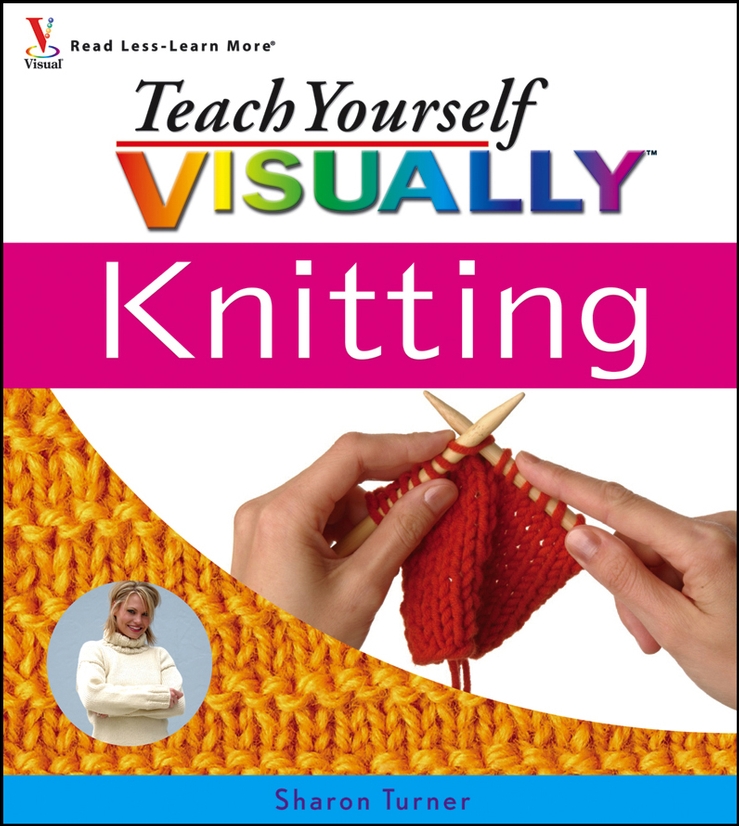Электронная книга: Sharon Turner «Teach Yourself VISUALLY Knitting»

|
Do you learn faster by seeing and doing than by wading through tedious instructions? Then get yourself some yarn and needles and get knitting! Teach Yourself VISUALLYKnitting shows you the basics–photo by photo and stitch by stitch. You begin with the essential knit and purl stitches and advance to bobbles, cables, lace, and fancy color work. With fun, innovative patterns from top knitting designer Sharon Turner, you'll be creating masterpieces in no time! Concise two-page lessons show you all the steps to a skill and are ideal for quick review * Each skill or techniqueis defined and described * Detailed color photos demonstrate each step * Step-by-step instructions accompany each photo * Helpful tips provide additional guidance Издательство: "John Wiley&Sons Limited (USD)"
ISBN: 9780471788416 электронная книга Купить за 1950.53 руб и скачать на Litres |
Другие книги автора:
| Книга | Описание | Год | Цена | Тип книги |
|---|---|---|---|---|
| Teach Yourself VISUALLY Knitting | A new edition of one of the top knitting primers on the market Teach Yourself VISUALLY Knitting has been one of the top knitting primers on the market since its publication five years ago. Now… — John Wiley&Sons Limited (USD), электронная книга Подробнее... | электронная книга | ||
| Knitting Stitches VISUAL Encyclopedia | 350 stitch patterns you'll use again and again Knitting Stitches VISUAL Encyclopedia gives you quick visual access to a comprehensive collection of stitch combinations that enable you to create your… — John Wiley&Sons Limited (USD), электронная книга Подробнее... | электронная книга |
Sharon Turner
Sharon Turner (
Turner became a solicitor but left the profession after he became interested in the study of Icelandic and
These histories, especially the former, though somewhat marred by an attempt to emulate the grandiose style of Gibbon, were works of real research opening up and to a considerable extent developing a new field of inquiry in the area of Anglo-Saxon history.
For example,
Turner also authored a "
Turner's place as a historian has been debated by later generations of academics.
Источник: Sharon Turner
См. также в других словарях:
Europe, history of — Introduction history of European peoples and cultures from prehistoric times to the present. Europe is a more ambiguous term than most geographic expressions. Its etymology is doubtful, as is the physical extent of the area it designates.… … Universalium
